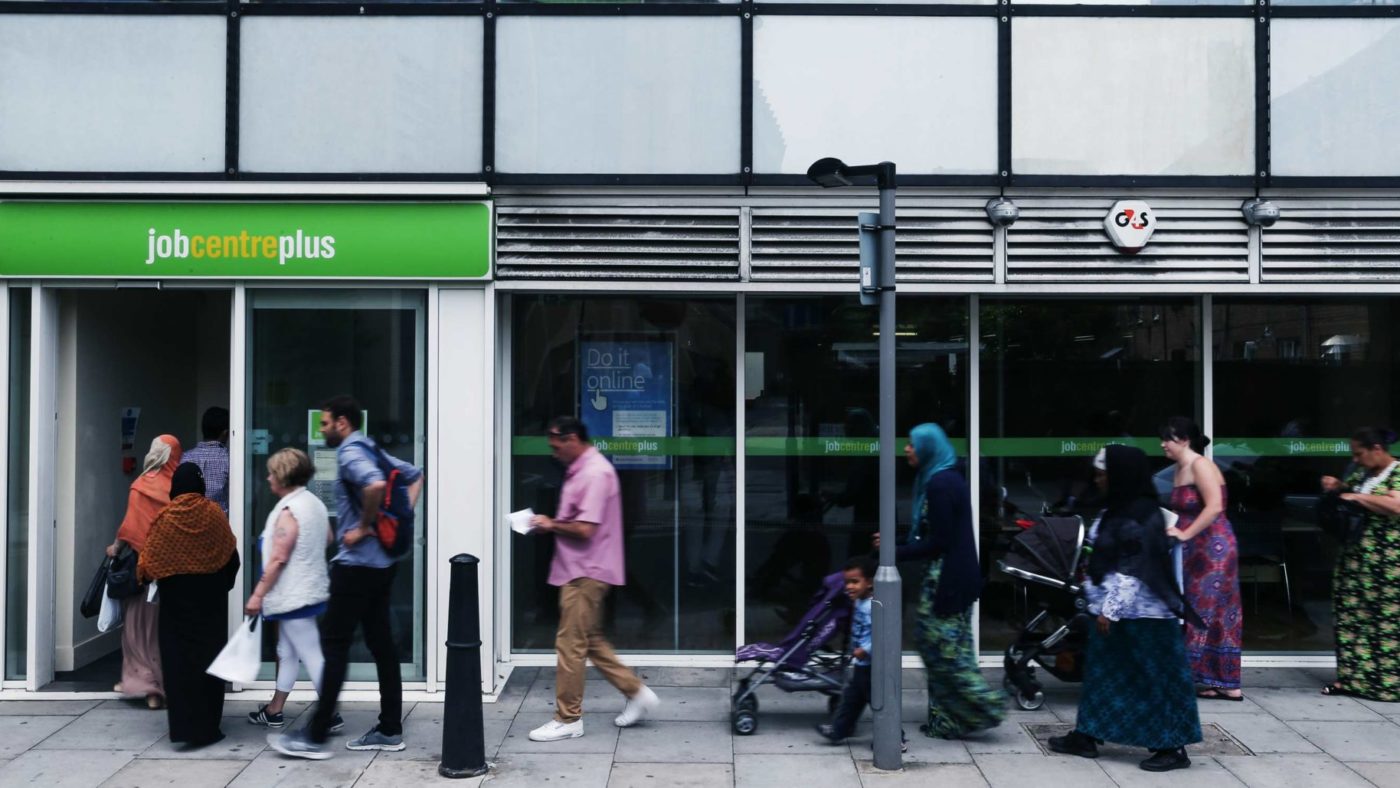Today’s headlines understandably focus on the latest rise in unemployment, especially among the young. Losing a job is potentially a life-changer for many people. But it is no shock that the UK labour market has weakened given the depth of the Covid recession. The real news is that the deterioration is not as bad as feared – and there are some good reasons to expect further positive surprises.
The usual Labour Force Survey (LFS) measures of unemployment are not very meaningful at the moment (as most now understand). In part this is because many people – perhaps 3 million – are still on the government’s job retention scheme. This means they still count as employed, even if they are not actually working.
In addition, the LFS measure excludes people who have left work but who are not actively looking for a new job, most likely because they do not think they would find one. Economic inactivity has jumped, and this is more worrying.
For the record, though, the single-month estimate for the UK unemployment rate was just 4.4% in July, compared to 7.9% in the euro area. The weekly data suggest that the UK rate had edged up to 4.8% by the end of July, but that it is still historically low.
It makes more sense to look at two alternative series: the number of people claiming unemployment-related benefits (the ‘claimant count’), and the number of payroll jobs. These data are already available for August.
The claimant count jumped by more than 1.4 million between March and May, but it has since been relatively stable, rising only another 75,000 between May and August. This corresponds to a claimant count rate of 7.6%, which is a better reflection of the state of the labour market than the LFS measure. However, it is probably an over-estimate, because changes to the eligibility rules mean that some low-earners can now claim jobseeker’s benefits despite still being in work.
The data on the number of employees on UK payrolls (drawn from PAYE returns) are perhaps the most useful. These show a drop of 695,000 between March and August. But this is still only a fall of 2.2% in the total number of employees compared with August 2019.
What’s more, revisions to previous data mean that this fall was actually smaller than the 730,000 decline originally reported for March to July. Almost all these jobs went in April (469,000) and May (147,000) when GDP was collapsing. Since then the declines have been much smaller (averaging 26,000 per month) as hiring has picked up again.
Indeed, our labour market has held up relatively well compared to the rest of Europe. Despite reporting a relatively large fall in GDP, the UK saw the smallest drop in employment of any major European economy: the number of people in work in the UK fell by just 0.7 per cent in the second quarter, compared to an average of 2.9 per cent in the euro area.
Of course, this may just be the calm before the storm – and there are plenty of sensible observers who are far more pessimistic than me. The end of the government furlough scheme on October 31 is indeed a big deal. But it should still not be the ‘cliff edge’ many dread.
For start, the winding down of the scheme is phased and actually began in August, when firms had to pay employer NICs and pension contributions for the hours their employees are on furlough. The statutory notice period for large-scale redundancies also means that we will already have heard a lot of the potential bad news.
In fact, most people have already returned to work and even some of those still ‘furloughed’ will be working again part-time. Most firms are also already topping up wages voluntarily (the latest ONS survey found that 63% of furloughed employees are benefiting from this), which suggests that these businesses want to keep staff on board.
Many other forms of government support are now available, including measures targeted at younger people and at areas and sectors still (or back) in lockdown.
This has also been a unique recession. Job losses are likely to be clustered in a few sectors where the constraints of social distancing are greatest. They are also most likely to hit lower-paid workers, including the young, as we saw in today’s numbers. That will bring its own serious problem and the Government is right to target some additional support here. But this concentration of job losses should at least reduce the immediate impact on the rest of the economy.
Above all, the UK relatively flexible economy is rebounding strongly. It is also usually good at creating new jobs to replace any that are lost. Millions of people move in and out of employment or change jobs every year. Recruitment surveys already suggest that hiring is picking up again, even though announcements of redundancies tend to get more headlines.
In the meantime, the monthly GDP data for July showed that the economy had already regained more than half the ground lost in March and April, while the composite PMI (a survey of business activity compiled by IHS Markit) suggests that momentum remained solid in August.
In summary, headline unemployment may well rise further in the coming months, but the peak is likely to be lower than many expect – and the subsequent fall quicker too. The Government therefore needs to step back – where it now can – and let the labour market work properly again.
Click here to subscribe to our daily briefing – the best pieces from CapX and across the web.
CapX depends on the generosity of its readers. If you value what we do, please consider making a donation.


